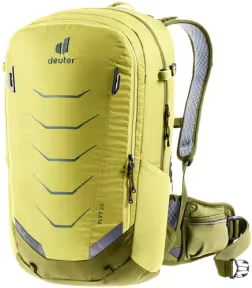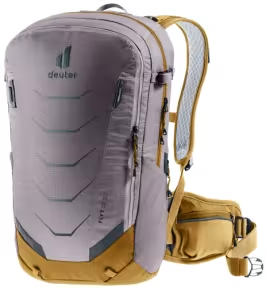Bicycle navigation, GPS and bicycle computer
0 Bicycle navigation, GPS and bicycle computer
Unfortunately with the selected filter no matching accessory could be found. We have several options for you.
Buying advice for: Bicycle navigation, GPS and bicycle computer
Navigation, GPS and types of velocomputer
Velocomputers are available in a wide variety of designs, which can differ in terms of their functions and complexity. Simple models provide basic information such as speed, distance and time. Advanced models have GPS navigation, which allows you to plan routes in advance and receive precise instructions while riding. Some high-end devices offer additional functions such as altitude measurement, heart rate monitoring and cadence measurement. These multifunctional devices are particularly popular with long-distance cyclists and mountain bikers as they enable comprehensive data analysis. Bike computers with navigation and GPS have become indispensable for modern cyclists. They provide comprehensive data and analyses that can improve the riding experience and enhance performance. With a variety of types, brands, materials and technical features, cyclists of all levels can find the right device to suit their needs and requirements.
Navigation, GPS and bike computer brands
There are numerous brands on the market that produce high-quality bike computers. Among the best known are Garmin, Wahoo and Sigma. Garmin is a pioneer in GPS technology and offers a wide range of different bike computers that are known for their reliability and accuracy. Wahoo has made a name for itself with its user-friendly devices and seamless integration with various training platforms. Sigma offers a good selection of affordable models that are characterised by an excellent price-performance ratio and are particularly popular with beginners.
Materials and workmanship
The materials and workmanship play a decisive role in the durability and functionality of velocomputers. The housing is usually made of robust plastic or aluminium to meet the requirements of outdoor use. High-quality displays often have a scratch-resistant coating and offer good readability even in direct sunlight. The buttons and controls must be easily accessible and easy to operate even when wearing gloves. A good seal against water and dust is also important to protect the electronics from the elements and ensure a long service life.
Technical features
Modern bike computers offer a wide range of technical features that go beyond simple speed and distance measurement. GPS navigation is now almost standard, with some devices also able to display maps and points of interest. Wireless connectivity such as Bluetooth and ANT+ enables pairing with sensors for heart rate, cadence and power. Many devices also offer the ability to share rides in real time and connect with other riders. Battery life is another important aspect, especially for long-distance riders; high-quality models often offer run times of 15 to 20 hours or more. Other useful features can include alarm functions, Strava integration and training plans.




